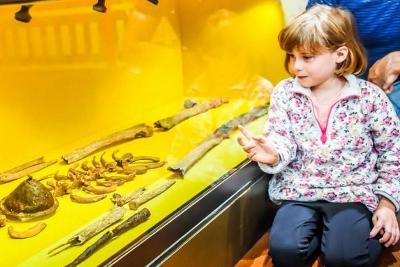Invaders and settlers at Lynn Museum
West Norfolk is rich in archaeological sites dating from the Iron Age, Bronze Age, Roman and Anglo Saxon periods.

One of the most famous sites is at Snettisham, which is celebrated for a magnificent collection of Anglo-Saxon torcs in gold and silver. Life during the Roman invasion was largely unchanged until a revolt by the Iceni leader, Boudica in 61AD. She was defeated, and the Romans took more direct control developing farming settlements across the region. When Roman authority ended, Anglo-Saxon immigrants arrived and mixed with the local population, with Norfolk becoming part of the Kingdom of East Anglia. Trade with Europe flourished and the port of Lynn was established, although frequently disrupted by Viking raids. Lynn Parish is mentioned in the Domesday Book as a 'modest village with many saltings'.
In 1101, the Bishop of Norwich gave the people of Lynn the right to hold weekly markets and annual fairs, which continue to this day.





